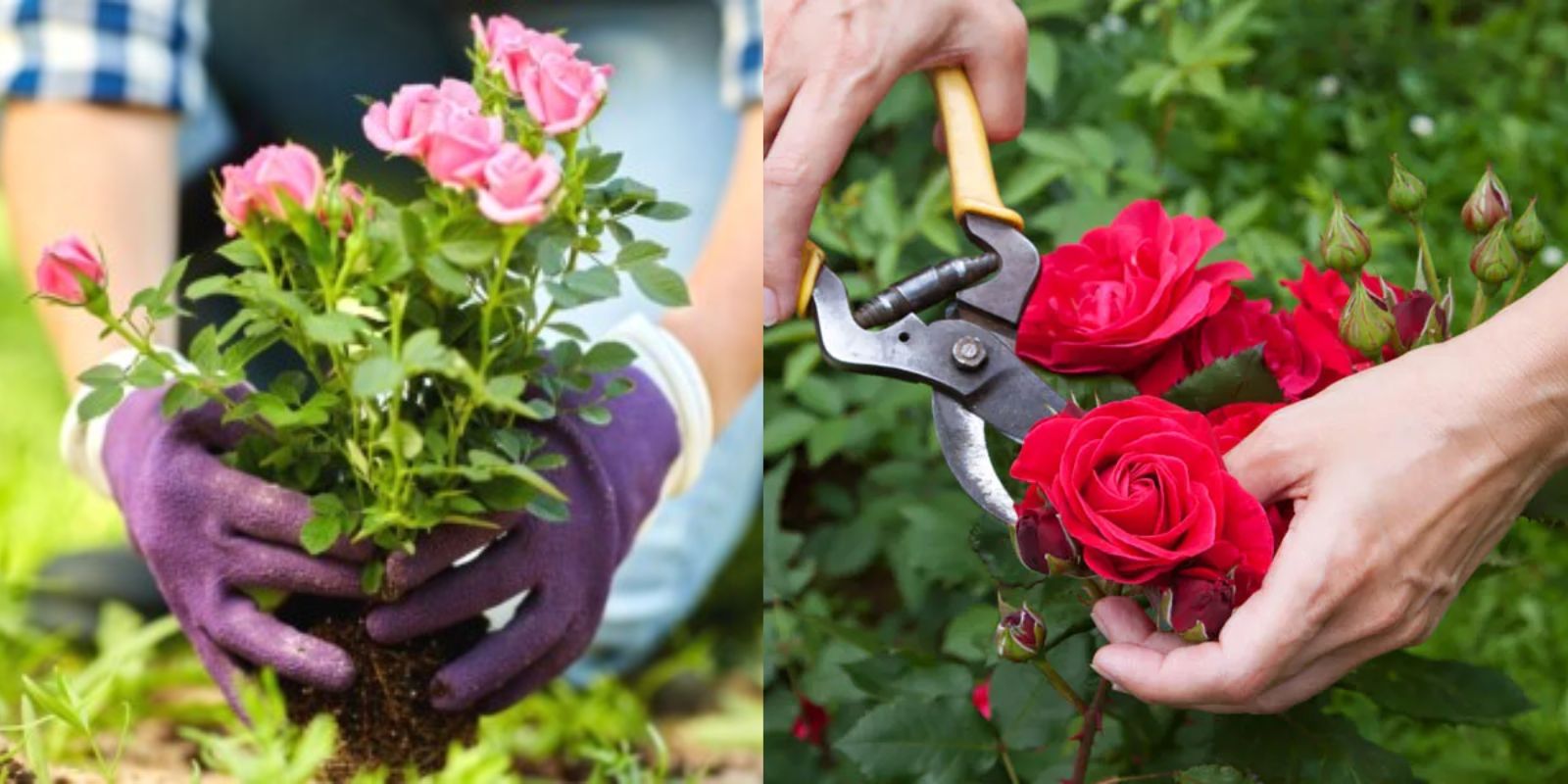Introduction
Every gardener dreams of a garden bursting with vibrant, long-lasting flowers. Achieving such floral splendor doesn’t have to remain a dream. With the right combination of secret ingredients, you can transform your garden into a kaleidoscope of colors. In this guide, we’ll explore the top-secret ingredients that will help you achieve the most spectacular blooms imaginable. From natural fertilizers to essential nutrients, these tips will elevate your flower garden and ensure your blooms are nothing short of extraordinary.
1. Balanced Fertilizer: The Foundation of Flowering Success
A balanced fertilizer with equal parts nitrogen (N), phosphorus (P), and potassium (K) is crucial for promoting overall plant health and vibrant blooms. Nitrogen supports leafy growth, phosphorus aids in strong root development and flowering, and potassium enhances plant resilience and flower quality.
- Application Tips: Apply the balanced fertilizer according to the manufacturer’s instructions. Typically, you’ll want to use it every 4-6 weeks during the growing season. Be careful not to over-fertilize, as this can harm plants.
2. Bone Meal: Boosting Phosphorus for Better Blooms
Bone meal is a fantastic source of phosphorus, a key nutrient for flower development. Phosphorus promotes root growth and strengthens flower production. By enriching your soil with bone meal, you provide the essential nutrients that flowers need to thrive.
- Application Tips: Incorporate bone meal into your garden soil before planting. For existing plants, you can apply it as a top dressing around the base of the plants. Follow the recommended application rates on the packaging.
3. Epsom Salt: Enhancing Flower Color with Magnesium
Epsom salt, or magnesium sulfate, is an excellent addition to your garden for boosting magnesium levels. Magnesium is vital for chlorophyll production, which contributes to the vibrant color of your flowers. Additionally, magnesium helps plants better absorb other nutrients.
- Application Tips: Dissolve 1-2 tablespoons of Epsom salt in a gallon of water and apply it to your plants every 4-6 weeks. You can also sprinkle it around the base of your plants and water it in.
4. Compost: Enriching Soil for Lush Growth
Compost is an invaluable resource that enhances soil structure and provides a steady supply of nutrients. It improves soil fertility, promotes beneficial microbial activity, and supports vigorous plant growth and blooming.
- Application Tips: Mix compost into your garden soil before planting, or use it as a top dressing around existing plants. Aim for a layer of 1-2 inches of compost to provide your plants with essential nutrients.
5. Fish Emulsion: Natural Nutrients for Lush Foliage
Fish emulsion is a natural fertilizer rich in nitrogen, which supports healthy foliage and encourages robust flower production. It also contains trace minerals that benefit overall plant health.
- Application Tips: Use fish emulsion as a liquid feed, following the instructions on the packaging. Typically, you’ll dilute it with water and apply it to the soil or foliage every 2-4 weeks.
6. Molasses: Boosting Soil Microbial Activity
Molasses is a natural sweetener that stimulates beneficial microbial activity in the soil. These microbes help break down organic matter, making nutrients more accessible to plants and supporting vigorous growth.
- Application Tips: Mix 1-2 tablespoons of molasses with a gallon of water and apply it to your garden soil. This treatment can be repeated every 4-6 weeks to enhance microbial activity.
7. Seaweed Extract: Essential Minerals and Growth Hormones
Seaweed extract is rich in trace minerals and growth hormones that support healthy flower development. It helps improve plant vigor and resilience, leading to more prolific and vibrant blooms.
- Application Tips: Use seaweed extract as a foliar spray or soil drench, according to the instructions on the product. It can be applied every 2-4 weeks to support ongoing flower production.
8. Regular Deadheading: Encouraging Continuous Blooming
While not an ingredient, regular deadheading is a vital practice for promoting continuous blooming. By removing spent flowers, you prevent the plant from setting seed and encourage it to produce more blooms.
- Application Tips: Pinch or cut off dead flowers regularly throughout the growing season. This practice helps direct the plant’s energy into producing new flowers rather than seeds.
9. Proper Watering: Essential for Flower Health
Adequate watering is crucial for maintaining healthy plants and vibrant blooms. Overwatering or underwatering can lead to stress and poor flower production.
- Application Tips: Water your plants deeply and consistently, ensuring the soil remains moist but not waterlogged. Adjust watering frequency based on weather conditions and plant needs.
10. Mulching: Conserving Moisture and Reducing Weeds
Mulch helps conserve soil moisture, regulate temperature, and suppress weeds. This creates a more stable environment for your flowers to grow and flourish.
- Application Tips: Apply a 2-3 inch layer of organic mulch, such as shredded bark or straw, around your plants. Replenish mulch as needed to maintain coverage.
Conclusion
With these top-secret ingredients and practices, you can unlock the full potential of your flower garden. By providing the right nutrients, enhancing soil health, and practicing proper care, you’ll achieve stunning, vibrant blooms that will captivate anyone who sees them. Start implementing these tips today and watch your garden transform into a spectacular display of floral beauty.
Motivational Sentence
Ready to transform your garden into a blooming masterpiece? Embrace these top-secret ingredients and see your flowers reach their full, breathtaking potential!

